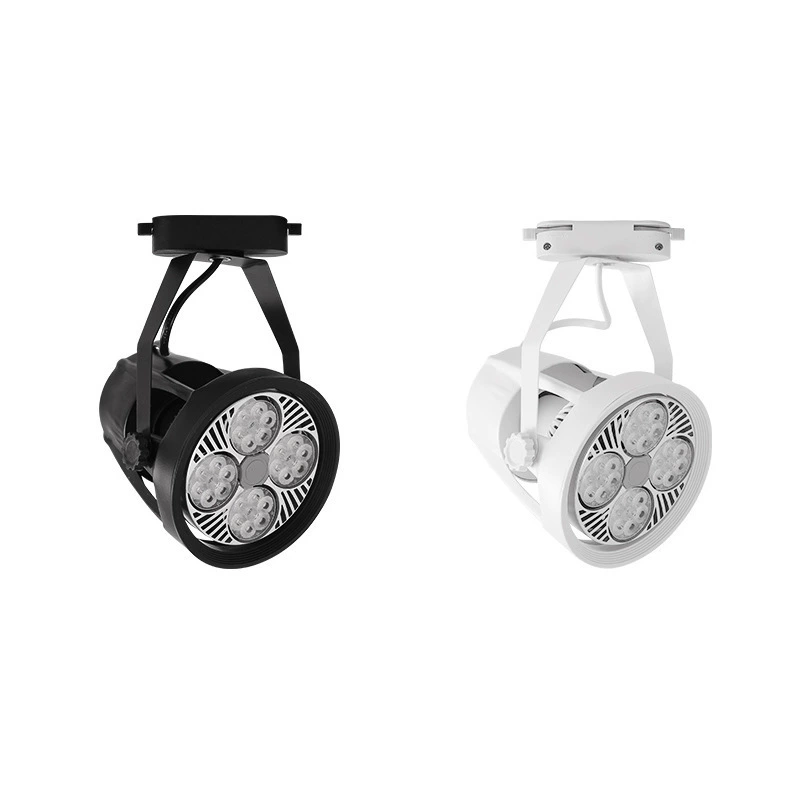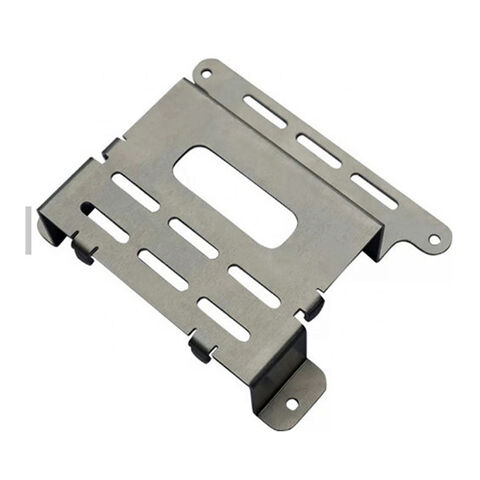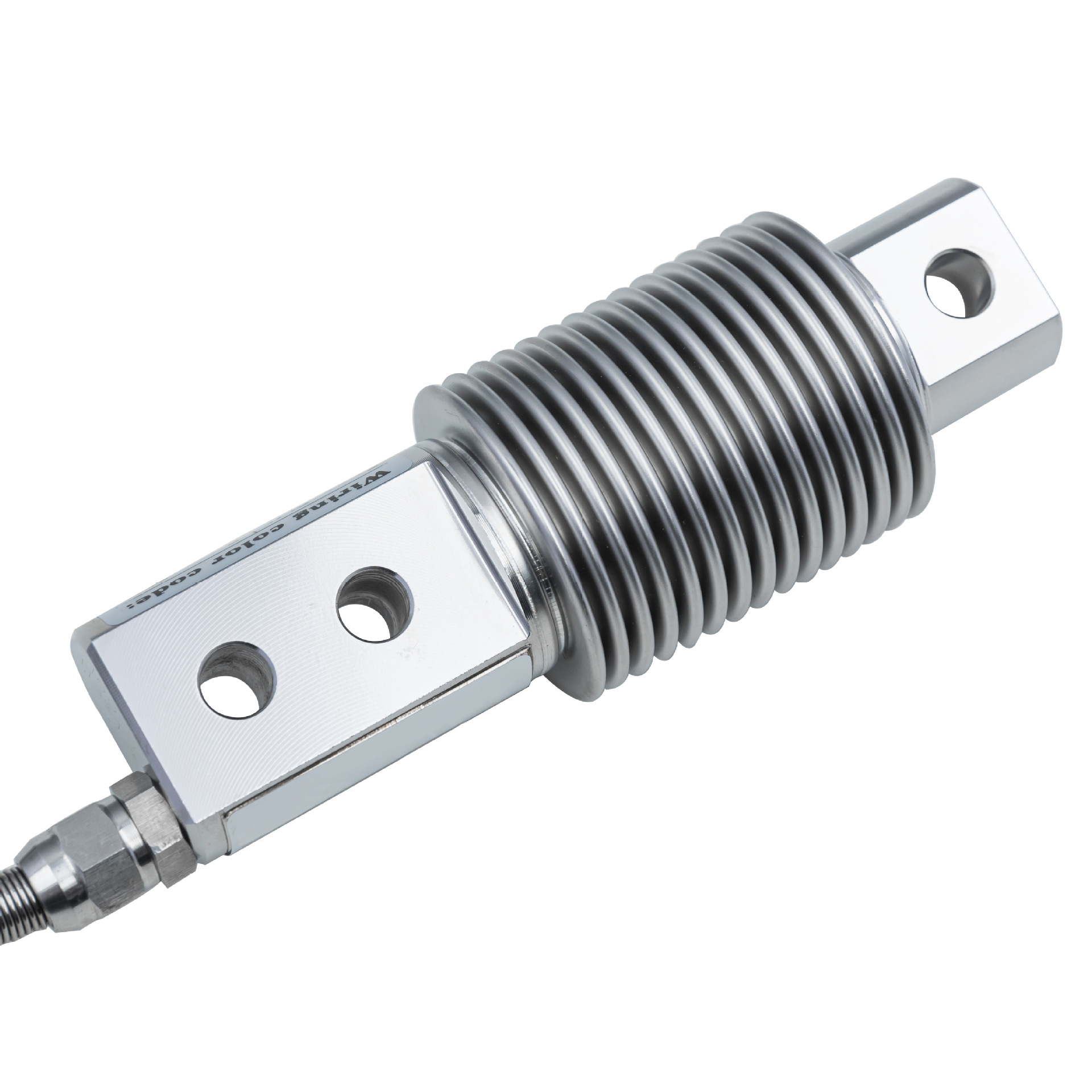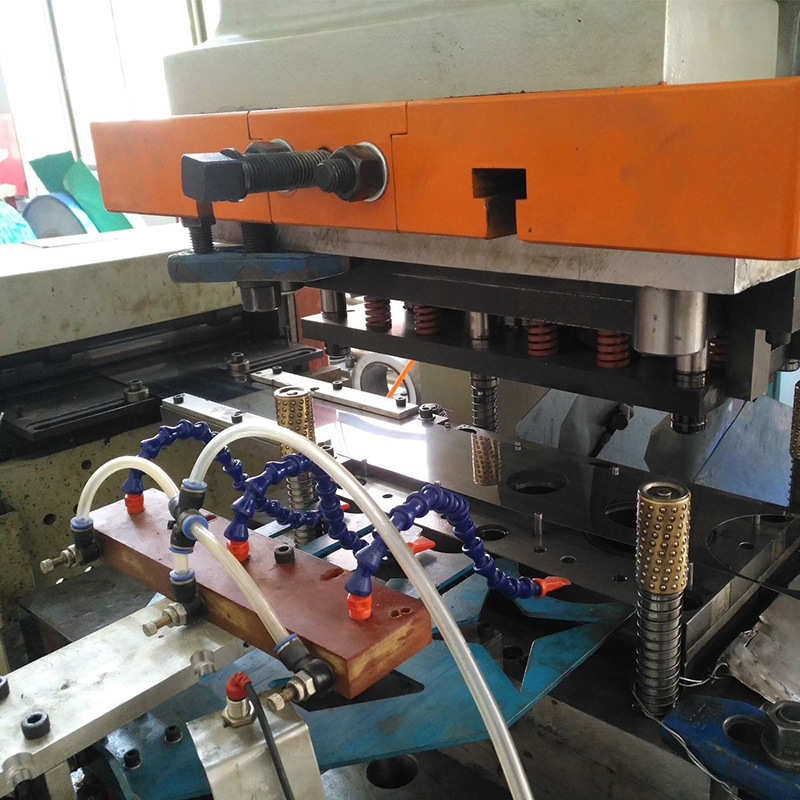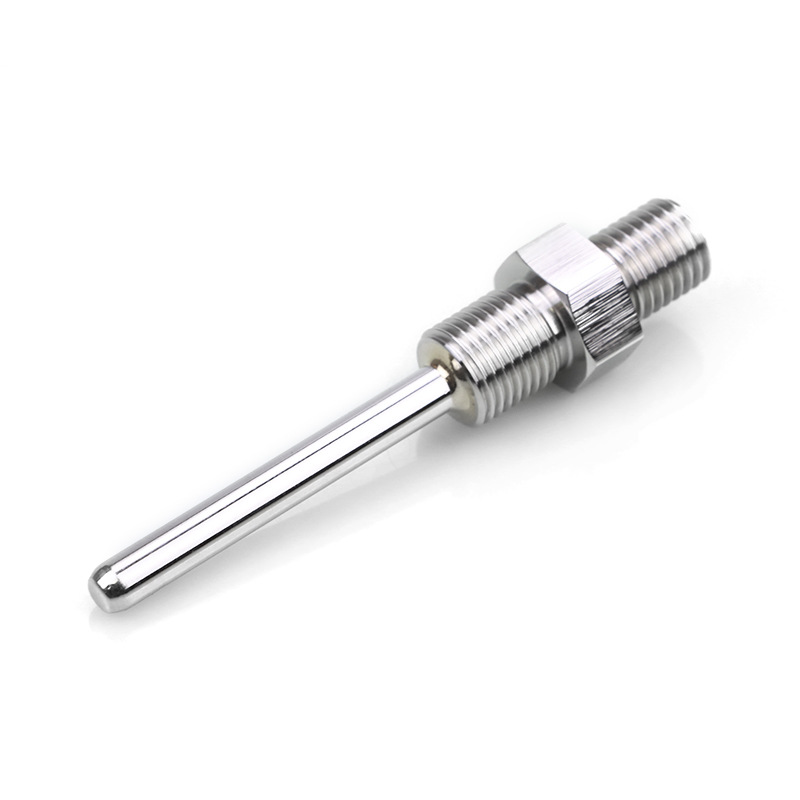Your home is your sanctuary, where you should feel safe and protected.
However, growing safety concerns can often make homeowners feel vulnerable.
This is why investing in a robust home security system is crucial.
But what features should you prioritize to maximize protection and peace of mind?
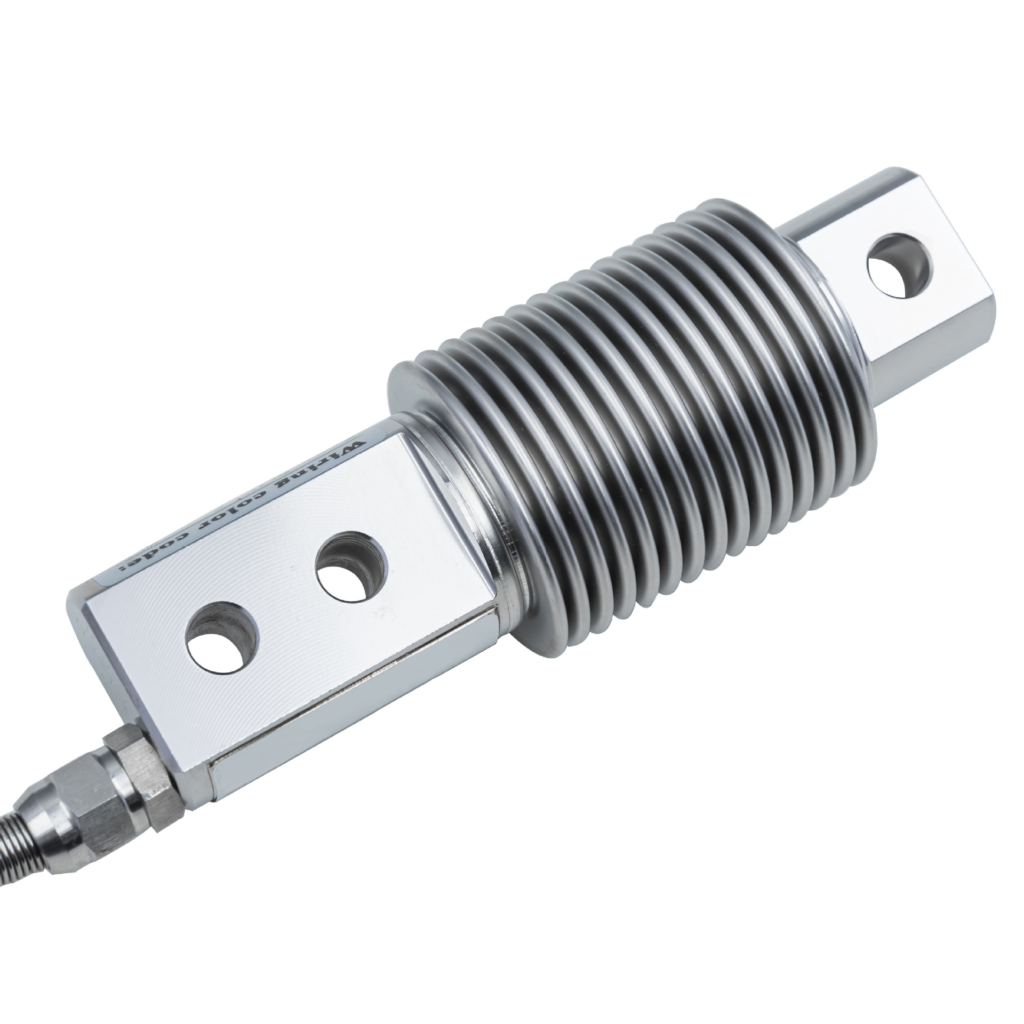
A reliable home security system includes essential components like a control panel, security cameras, motion sensors, door/window sensors, smoke and carbon monoxide detectors, and sirens.
These elements combine to effectively deter, detect, and respond to threats, ensuring your home stays secure.
Now, let’s break down each feature and explore its significance, helping you choose the system that best suits your needs.
-
Table Of Contents
-
1. What Are the Must-Have Components of a Home Security System?
-
2. What Are the Key Components of a Home Security System?
-
3. Key Components in Detail
-
4. What Are the Four Pillars of a Security Control?
-
5. How to Choose the Right Security System for Your Needs?
-
6. Modern Trends in Security Systems
-
7. Summary
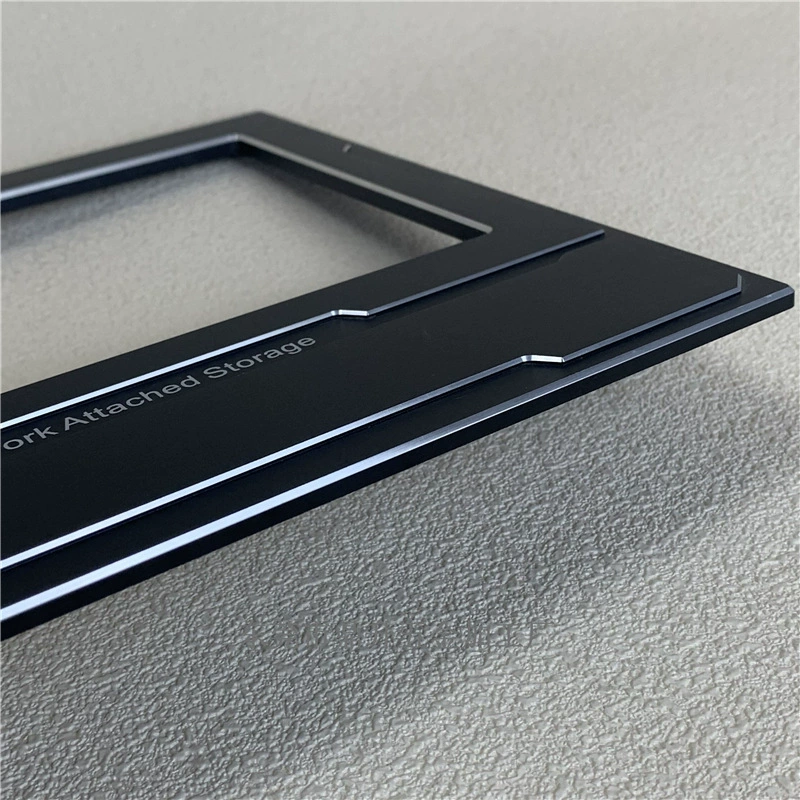
What Are the Key Components of a Home Security System?
Essential Component | Primary Function | Installation Location |
Control Panel | System’s brain – manages all components | Central, accessible location |
Security Cameras | 24/7 video monitoring | Entry points & key areas |
Motion Sensors | Movement detection | High-traffic areas |
Door/Window Sensors | Entry point monitoring | All access points |
Smoke/CO Detectors | Environmental monitoring | Each floor & sleeping areas |
Sirens | Triggers loud alarms | Central or exterior spaces |
A home security system comprises various elements working together to secure your property.
These components can be customized depending on your specific needs, property size, and budget.

Key Components in Detail
1. Control Panel
The control panel serves as the central hub of your security system, managing all connected components through sophisticated circuitry and precision-manufactured parts.
This vital component:
• Processing signals from sensors and cameras.
• Managing system communication and alerts.
• Allowing users to arm/disarm the system.
• Enabling integration with smart devices.
2. Indoor and Outdoor Cameras
Cameras are an essential part of any home security system.
They provide real-time surveillance, recording activity both inside and outside your property.
Features like night vision, motion detection, and two-way audio enhance their functionality.
Outdoor cameras deter potential intruders, while indoor cameras monitor activity within the home.
Modern AI-powered cameras can differentiate between humans, animals, and other objects.
This reduces false alarms and provides more accurate notifications. Modern security cameras require precise engineering and carefully designed components to function reliably.
3. Motion Sensors
Motion sensors are placed strategically throughout your home to detect unauthorized movement.
They trigger alerts or alarms when motion is detected in designated areas, such as hallways, living rooms, or entry points.
Many modern motion sensors use infrared technology to detect heat signatures, ensuring reliable detection even in complete darkness.
4. Door and Window Sensors
These sensors are critical for monitoring entry points.
They consist of two parts: one installed on the door or window and the other on the frame.
The system triggers an alarm when the connection between these parts is broken.
Door and window sensors are among the simplest yet most effective components for preventing unauthorized access.
5. Smoke and Carbon Monoxide Detectors
While intruder protection is a primary goal, environmental hazards are equally dangerous.
Smoke detectors identify signs of fire, and carbon monoxide detectors alert you to this colorless, odorless, lethal gas.
Many systems now offer integrated smoke and carbon monoxide detection to provide a comprehensive safety net.
6. Yard Signs and Window Stickers
While they might seem insignificant, yard signs and window stickers play a psychological role in deterring criminals.
Displaying these signs signals to potential intruders that your property is protected by a security system, discouraging them from attempting a break-in.
7. Sirens
Sirens are loud alarms designed to scare off intruders and alert neighbors or passersby.
They serve as an immediate response mechanism, drawing attention to suspicious activity.
For added effect, some systems also include visual alarms, such as flashing lights.
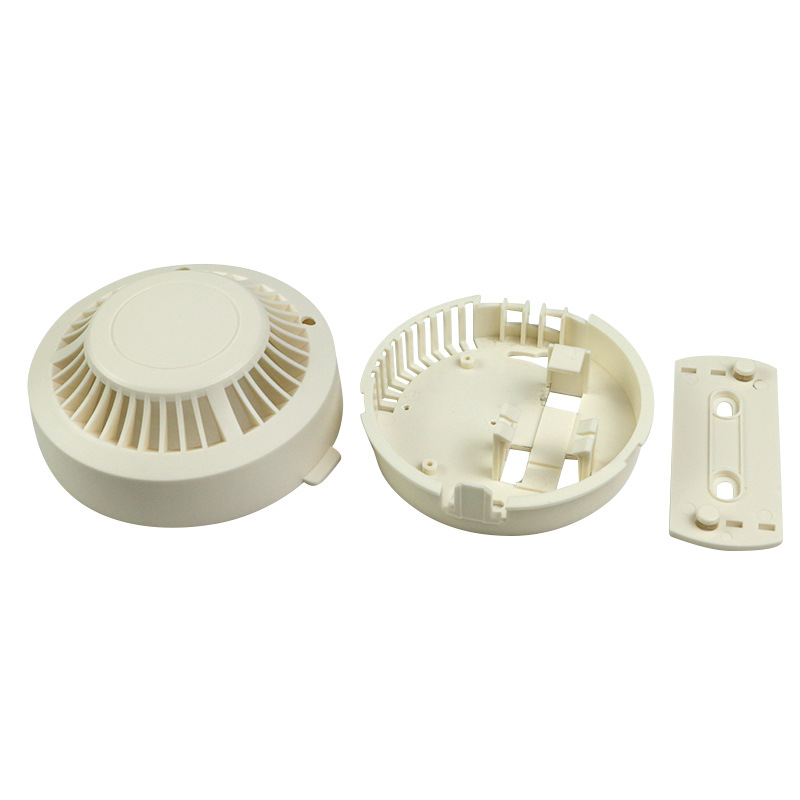
What Are the Four Pillars of a Security Control?
Every security system operates based on four critical principles that ensure comprehensive protection:
1. Deterrence:
Visible elements like cameras, yard signs, and stickers deter potential intruders from targeting your property.
Most criminals seek easy targets, and these measures make your home less appealing.
2. Detection:
Sensors, cameras, and alarms work together to detect any unusual activity.
Motion and door/window sensors are particularly effective in identifying unauthorized access.
3. Delay:
The purpose of delay is to slow down intruders, giving you or the authorities time to respond.
Locks, barriers, and sirens contribute to this layer of protection.
4. Response:
Modern systems ensure rapid alerts via apps, monitoring services, or loud alarms to mitigate risks effectively.

How to Choose the Right Security System for Your Needs?
When selecting a security system, consider these critical factors to tailor the solution to your home:
• Budget: Determine how much you’re willing to invest and prioritize components accordingly. DIY systems may offer cost-effective options for basic needs.
• Size of Your Home: Larger properties may require additional cameras, sensors, and detectors to cover all areas adequately.
• Connectivity: Decide between wired and wireless systems. Wireless options are easier to install but may require strong internet connectivity.
• Smart Features: Integration with smart devices, such as voice assistants and mobile apps, can enhance convenience and control.
• Professional Monitoring: Opt for monitoring services for 24/7 support and emergency response capabilities.
Choosing the right system ensures you get maximum security without unnecessary expenses.
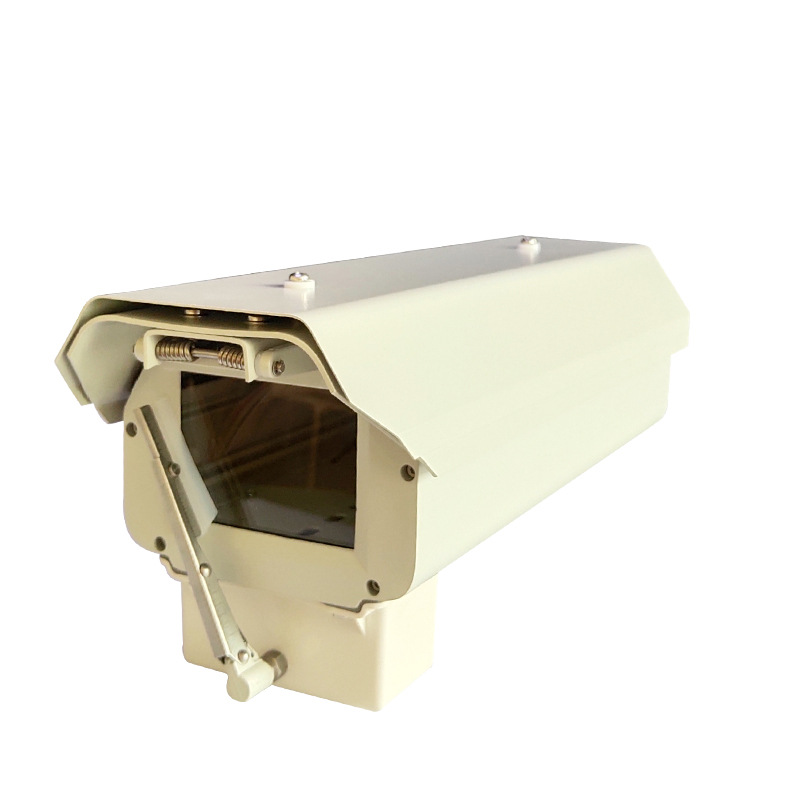
Modern Trends in Security Systems
Home security technology has evolved significantly, integrating advanced features and innovative technologies.
Here are some key trends:
• Smart Home Integration:
Control your security system alongside bright lights, locks, and thermostats using a single app or voice commands.
• AI-Powered Surveillance:
Artificial intelligence enables systems to distinguish between genuine threats and harmless activity, reducing false alarms.
• Cloud Storage:
Store footage securely in the cloud, ensuring access even if cameras are tampered.
• Wireless Systems:
Wireless systems are less invasive to install and can be relocated easily, making them ideal for renters.
• DIY Systems:
Many companies now offer customizable DIY options, making home security accessible to everyone.
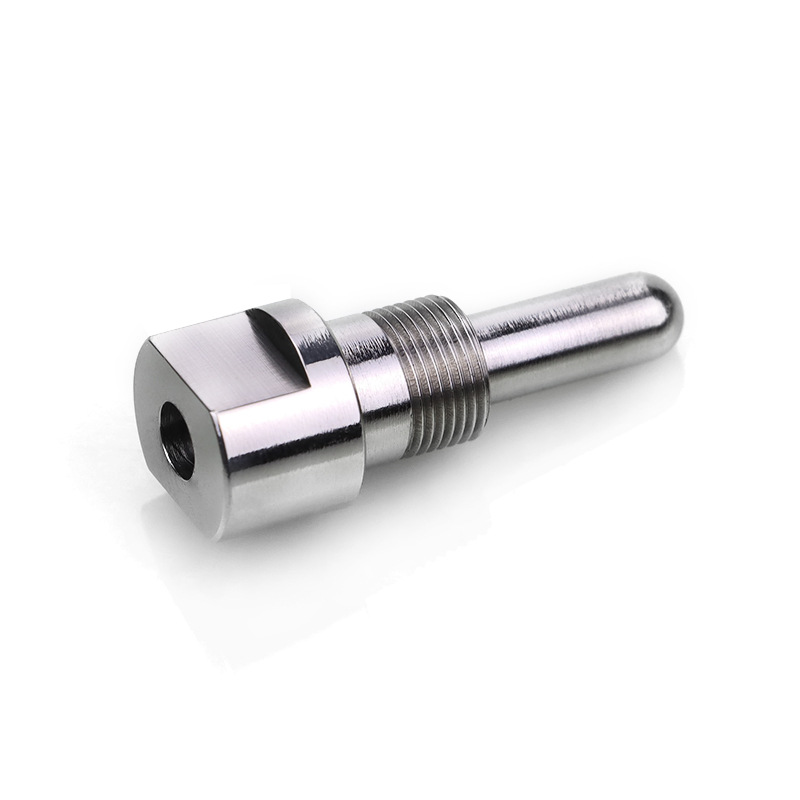
Conclusion
A home security system is a comprehensive solution to safeguard your property from threats like burglary, fire, and environmental hazards.
By understanding its main components—control panels, cameras, sensors, and alarms.
Consider the latest advancements, such as smart home integration and AI-powered monitoring, to enhance your security.
Whether you’re protecting a home or business, investing in a reliable security system is a step toward peace of mind.
Take action today to ensure a safer tomorrow.



